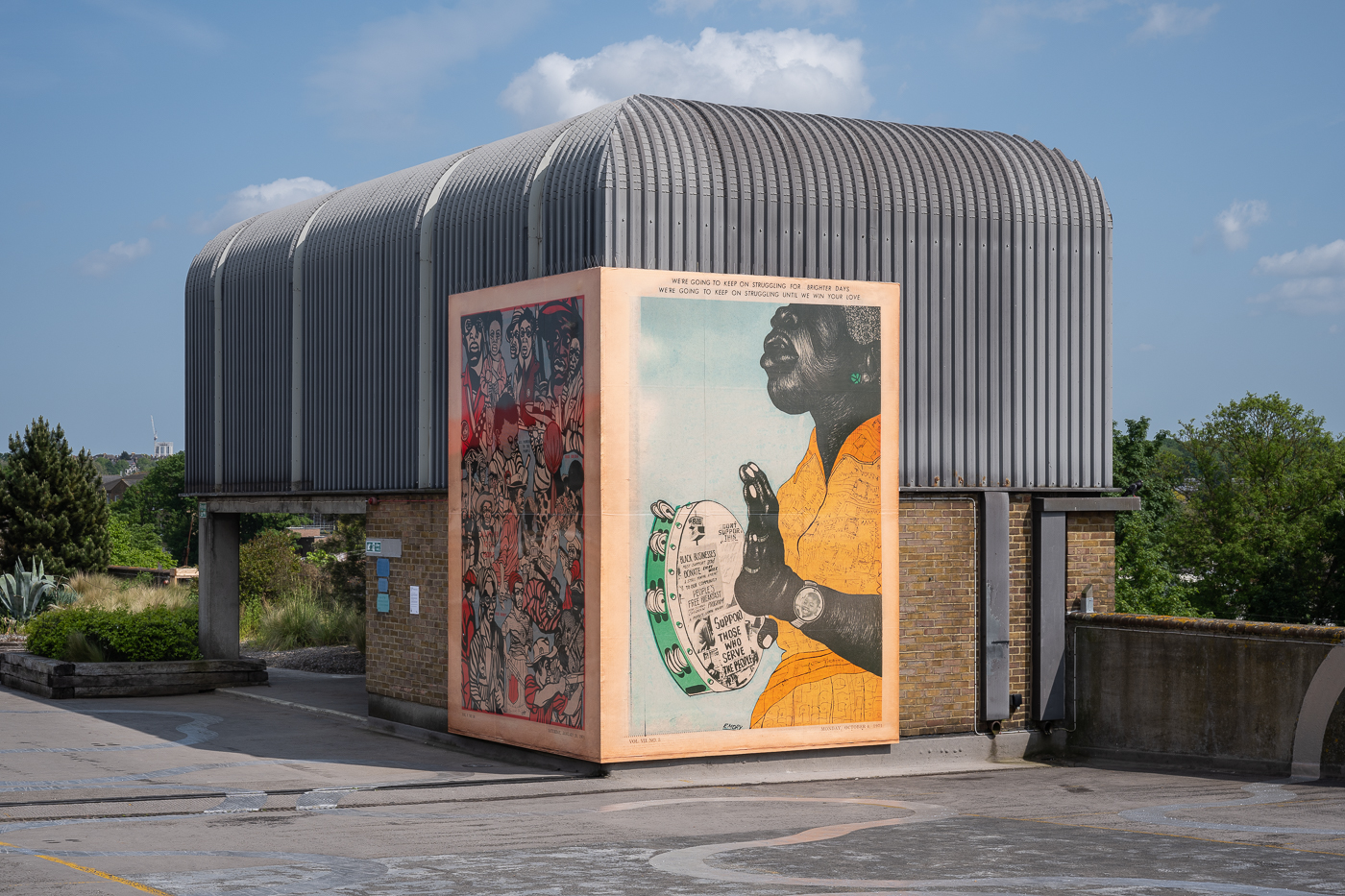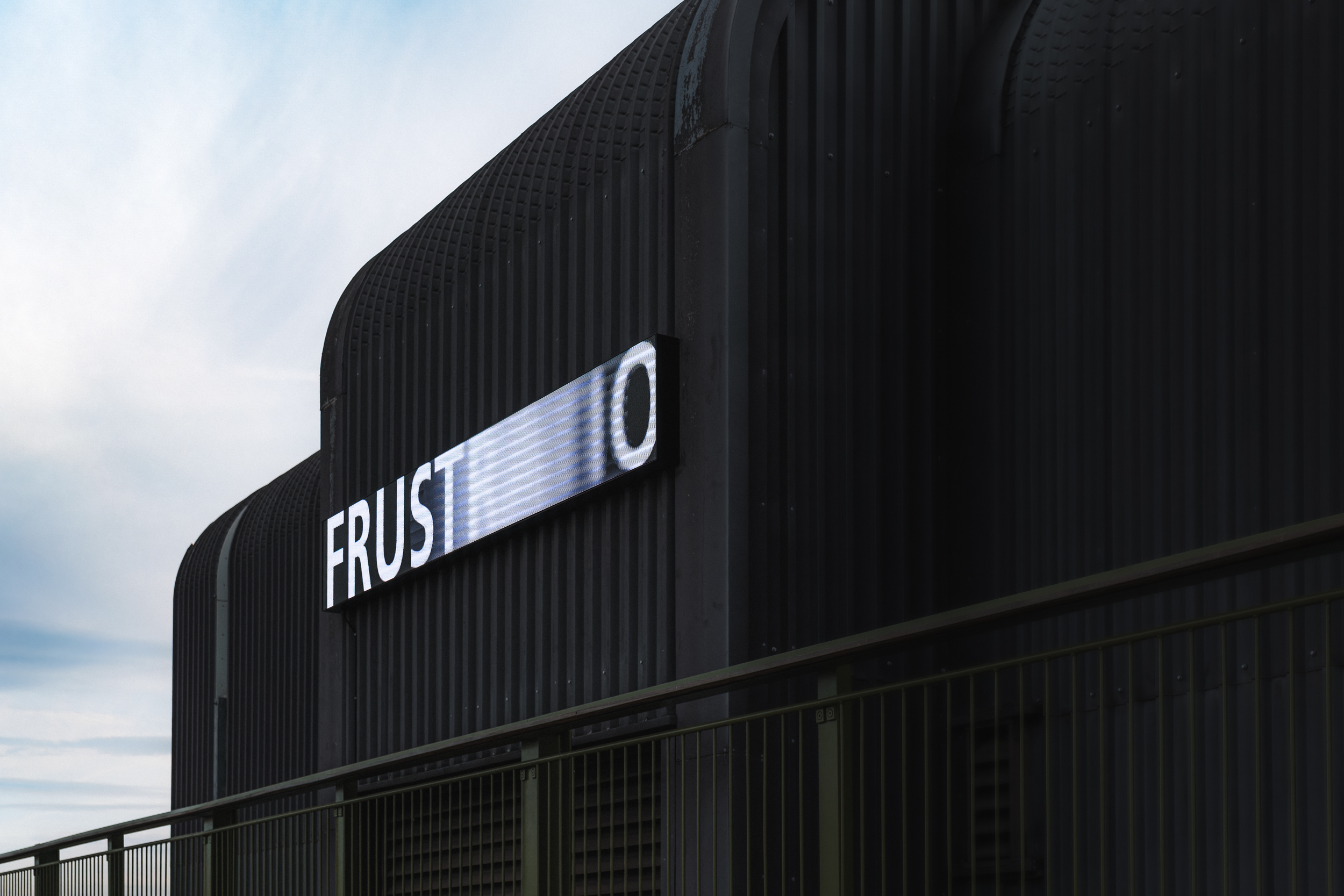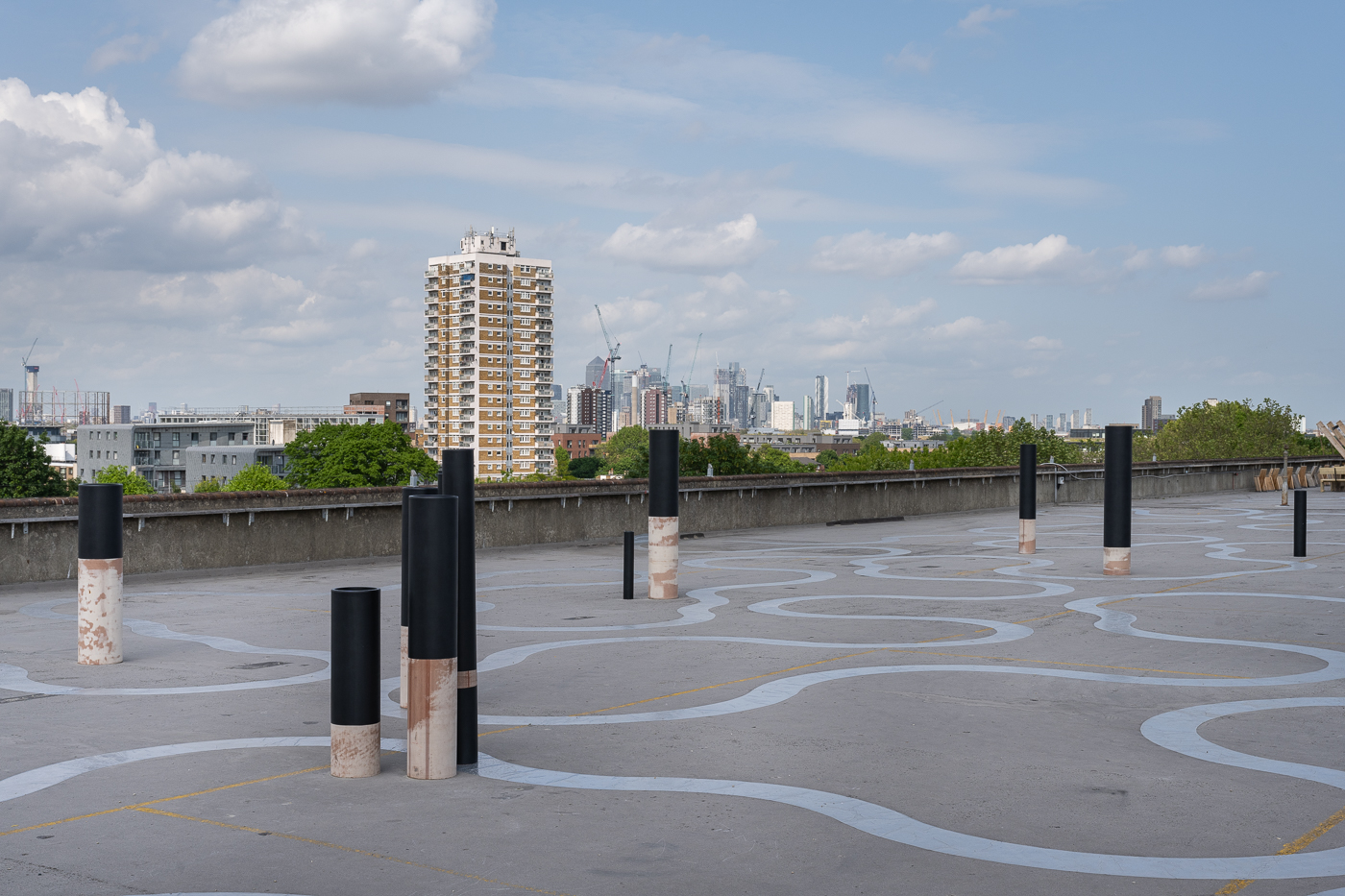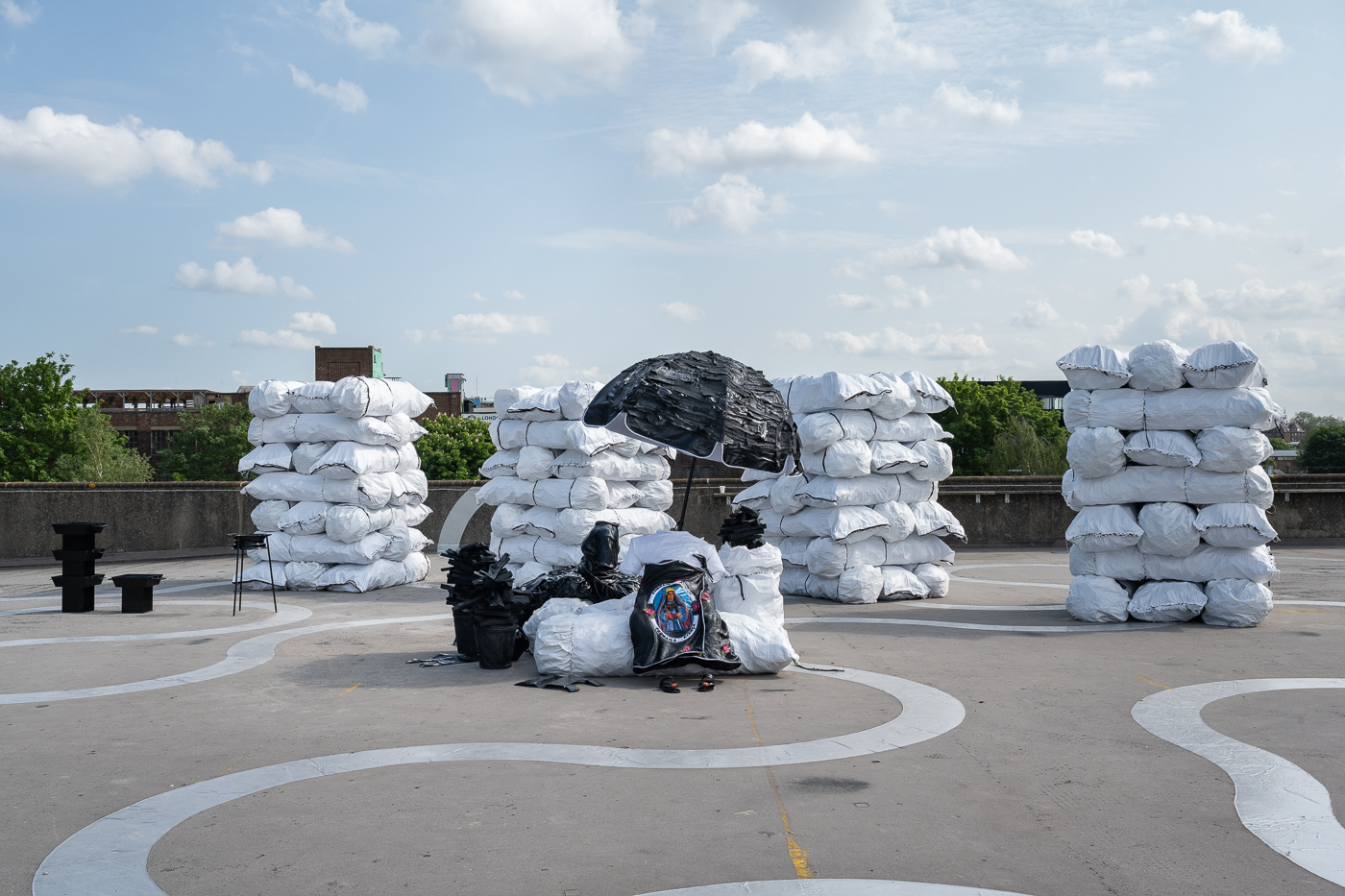Abbas Zahedi’s interdisciplinary practice blends contemporary philosophy, poetics and social dynamics with sound, sculpture and other gestures. With an emphasis on how personal and collective histories interweave, Zahedi’s interest lies within the connections found or formed around specific contexts.
Through a non-approximate approach, which foregrounds the multiple specificities of a cite/site, and those beyond sight, Zahedi invites others into an ongoing conversation, enunciating his practice through careful gestures. Having spent time in London’s spoken word scene, as well as performing as an MC, Zahedi often utilises sound to forge a connection to a sense of social intercourse.
Zahedi has presented solo exhibitions at Nottingham Contemporary, Nottingham, UK (forthcoming 2023), CAPC – contemporary art museum of Bordeaux, Bordeaux, FR (2022-23), Anonymous Gallery, New York, USA (2022), Belmacz, London, UK (2021), Chelsea Sorting Office, London, UK (2020) and South London Gallery, London, UK (2020).
In 2022, Zahedi was awarded the Frieze Artist Award for his project Waiting With {Sonic Support}. Other selected projects include with Eastside Projects, Birmingham, UK (2022-2023), Barbican, London, UK (2022), Whitechapel Gallery, London, UK (2021), Neurofringe, London, UK (2020 – ongoing), The Mosaic Rooms, London, UK (2021) and Brent Biennial, London, UK (2020).









